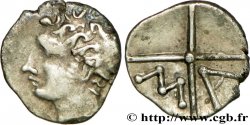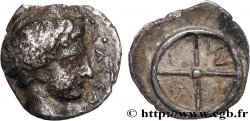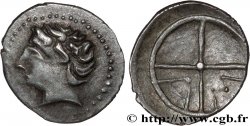v38_1487 - MASSALIA - MARSEILLE Bronze au caducée, tête laurée
MONNAIES 38 (2009)
Starting price : 140.00 €
Estimate : 250.00 €
Realised price : 150.00 €
Number of bids : 2
Maximum bid : 150.00 €
Starting price : 140.00 €
Estimate : 250.00 €
Realised price : 150.00 €
Number of bids : 2
Maximum bid : 150.00 €
Type : Bronze au caducée, tête laurée
Date: après 49 AC.
Mint name / Town : Marseille (13)
Metal : bronze
Diameter : 11,5 mm
Orientation dies : 3 h.
Weight : 2,57 g.
Rarity : R2
Coments on the condition:
Très bel exemplaire bien frappé sur un flan épais. Droit complet, mais revers légèrement décentré sur sa partie inférieure. Patine vert foncé
Catalogue references :
Obverse
Obverse description : Tête de Minerve, laurée à droite ; grènetis.
Obverse legend : MAS
Reverse
Reverse description : Caducée ailé accosté d’une lettre de part et d’autre.
Reverse legend : ?
Commentary
Bronze très bien frappé, avec une belle tête stylisée. Ces monnaies ont plutôt une tête de Minerve coiffée du casque corinthien et non pas laurée, comme c’est le cas sur cet exemplaire !
La légende MAS est complète au droit, mais l’absence de légende au revers rend compliqué un classement précis....
La légende MAS est complète au droit, mais l’absence de légende au revers rend compliqué un classement précis....







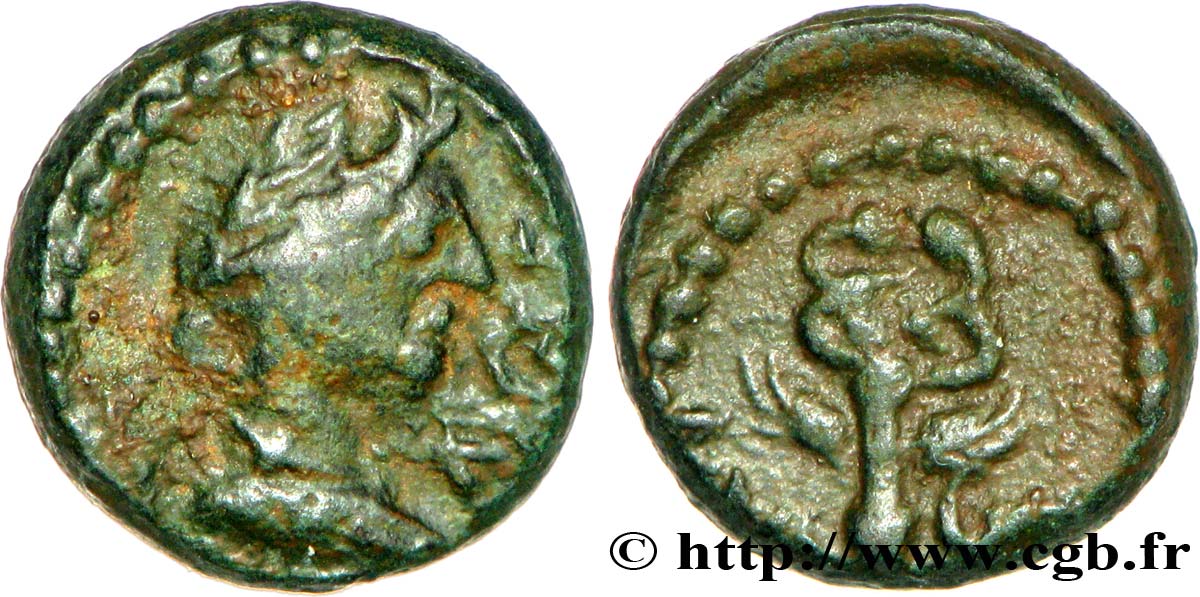
 Report a mistake
Report a mistake Print the page
Print the page Share my selection
Share my selection Ask a question
Ask a question Consign / sell
Consign / sell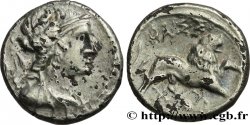
 Full data
Full data